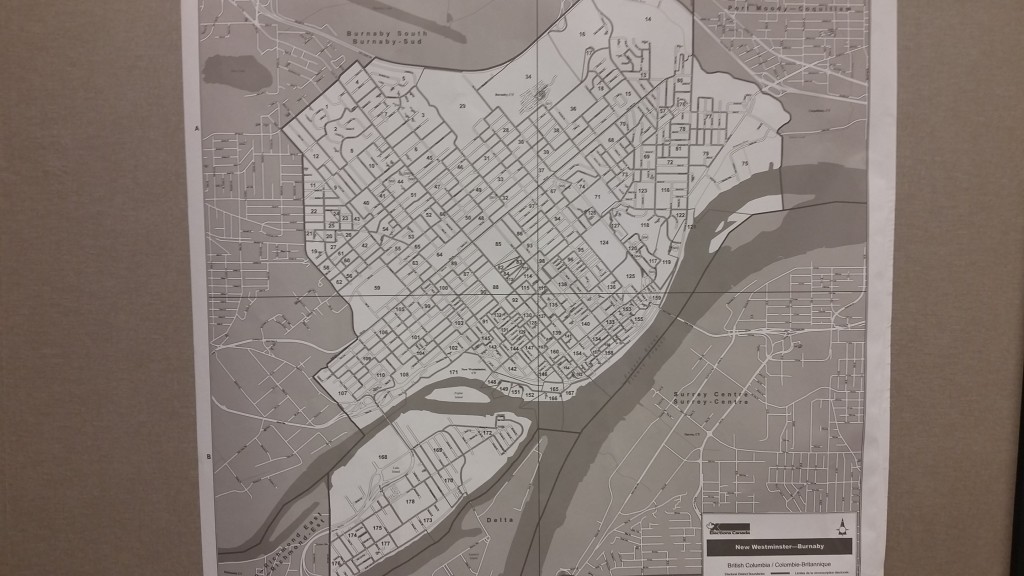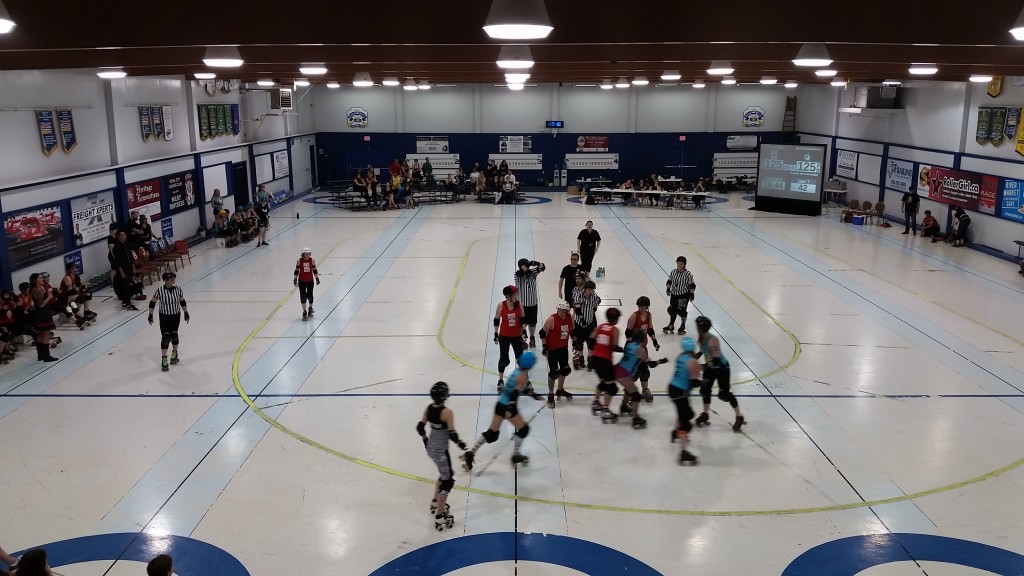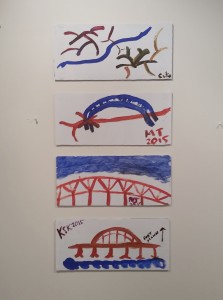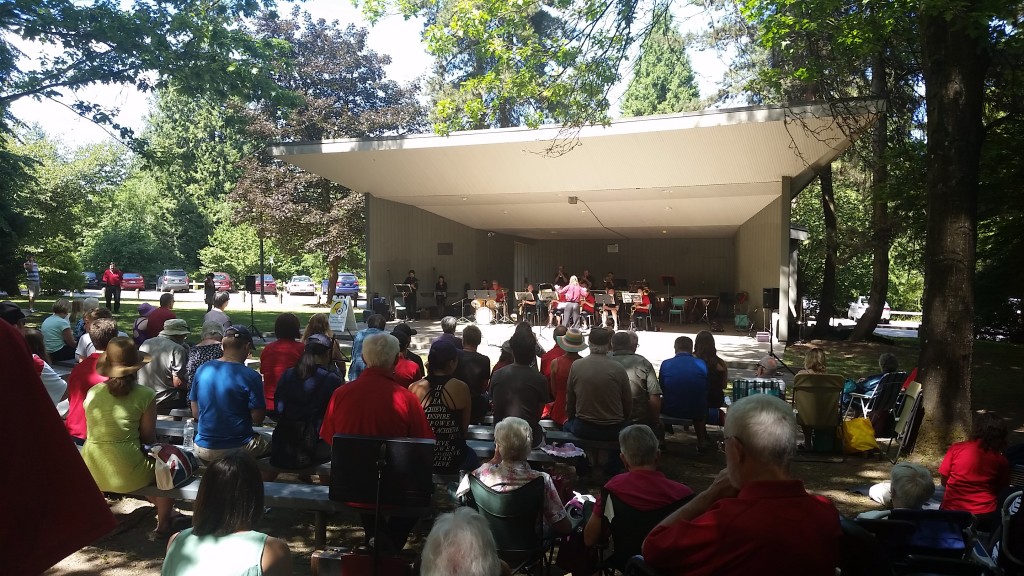This is the second part of my July 13 report, the first part covered the Public Hearing topics and this one starts with a presentation from the Royal City Farmers Market.
You know who they are, but you might not know about all of the things they do aside from bringing a Farmers Market to Tipperary Park every week. They provide a bursary to a NWSS student, they work with the Province to fund a Nutrition Coupon” program to get access to affordable, nutritious food for people who might not have access, they run a shuttle for seniors, they contribute to City festival events – they are a real social enterprise in the City. There are a lot of reason you should support them, buy buying a few groceries every week , and by becoming a member by going to their website here.
We then launched into a very long list of Committee of the Whole recommendations from earlier in the day.
Recruitment for Board of Variance
We had a retirement from this Advisory Committee, and advertised in the City Pages and on our website for new applicants. Council made a unanimous recommendation after reviewing the applications
Christmas Events.
The City has held a Christmas event of some sort for several years. A Santa Clause Parade has, in the past been the centre of these events, first in the evening (to facilitate a “Parade of Lights”) then in the mid-day (to encourage people to come downtown when businesses were open so they can, hopefully, spend some money at our local businesses). For the last two years, the weather was not great, although sort of what you expect for December in New Westminster: one year it was bitterly cold; the next it rained, hard. Last year, there were a number of indoor “Santa’s Workshop” activities for Kids at the Anvil Centre as well, which increased turnout. The businesses downtown appear to appreciate the increased traffic around the day, and are interested in partnering with the City again.
The question is whether the Parade is still necessary, or indeed even a draw. With a good set of coordinated family-friendly Christmas events at the Anvil, the Shops at Westminster Station, the River Market and the Fraser River Discovery Centre, and the coordinated efforts of the BIA and Tourism New Westminster, there is some question whether the effort and expense put into the Parade adds to the event, or if those efforts could be put to use making the other events better.
However, I threw the idea out to Twitter after the Monday meeting:
…and I have to say the response was pretty strongly pro-parade, although everyone had a slightly different idea of what they wanted from a Parade ,and people definitely liked the other events. Regardless, the Parade will happen in 2015, as will other Christmas events for the entire family on December 5th. Mark your calendar.
LUPC and new Council Format
We are trying to make Council Meetings operate more efficiently, balancing the need to have open and public discussion of important issues while managing Council and Staff time as best we can. An idea we are launching is something that several other Municipalities already have: a separate “Planning and Land Use Committee” to give a more detailed open discussion of land use and planning topics prior to taking them to the full Council. This will serve both the public and developments by allowing for a more frank discussion of potential issues related to developments coming to Council before they get there. This will hopefully result in less conflict at the Public Hearing stage, by addressing conflict issues earlier in the process, when they are easy to manage.
We’ll see how this goes.
Wait for me Daddy Programming
We will be unveiling a Canadian Heritage plaque at the Wait For Me Daddy sculpture in October, in order to complete the requirements for our Federal Grants. Mark your calendars for October 3, 2015.
Celebration of QEII’s Longest Reign
A few organizations have approached the Royal City to partner for a one-day series of events to commemorate the day that Queen Elizabeth’s reign will surpass (at 63 years, 216 days) that of Queen Victoria, and become the longest-serving English Monarch. Mark your calendars for September 9, 2015.
Sapperton Green
Sapperton Green has the potential to be the single largest development in the history of New Westminster. Taking advantage of its location on a SkyTrain station, this project could see 7,500 residents and more than a million square feet of commercial development across a 38-acre site.
An important step at this point is for the City to amend the OCP to allow a new Development Permit Area to be created. At that point, a Master Plan and Design Guidelines will be developed. The proposed Sapperton Green Transit-Oriented Mixed-use Community (SGTMC) is described in the official plan as:
…a mix of medium to high density residential, office, retail, open space, and public and other community serving facilities in a transit supportive, complete community. The area will support office uses (750,000 sq. ft. floor space minimum to 1,500,000 sq. ft. floor space maximum), residential uses (3,400,000 sq. ft. floor space maximum equating to approximately 3,700 dwelling units and 7,500 residents) and retail commercial uses (approximately 150,000 sq. ft. floor space). Public and/or private community serving facilities will be provided as appropriate. Floor space for non-profit community serving facilities will be excluded from the maximum floor space allowable. A minimum 15 % of the site will be publicly accessible open space, including plazas, squares, parks, playgrounds and other open areas that are accessible to the public. Building heights will range from three storeys to a maximum of 35 storeys.
There has been a lot of preliminary work done as far as conceptual planning and community consultation (you can see some of it here), but this is a decades-long project, and we are still a ways from the first shovels entering the ground. More community consultation will be happening this fall, both with the stakeholders required by Sections 879 and 881 of the Local Government Act, and with New Westminster’s’ larger community.
Development Bylaw – 900 Carnarvon Street.
Also required for the 900 Carnarvon development is a Zoning Amendment Bylaw. The plan is for this Bylaw to be prepared and through two readings before the September 28 Public Hearing. When you can come out and tell us what you think.
Development Agreement Bylaw – 988 Quayside Drive
The Bosa River Sky development was rezoned and is actually selling units as we speak, but they cannot build a building until we give them a building permit. To do that, we need to have a Development Agreement that outlines what off-site engineering works the developer will complete to make their building mesh with the City’s engineering works: water, sewer, sidewalk, gutter, storm water management, etc. This (like pretty much everything else we do in the City) requires a Bylaw.
I think I have read more about Benkelman Beam testing in the last few days than anyone not directly involved in the installation of asphalt should.
Tanaka Court Development
A developer would like to build a commercial building on an undeveloped piece of land in Queensborough, across the street from the Lowes parking lot. The City owns a big chuck of unopened road (40 m wide!) that is in the way of this development. This would meet the City’s land use designation plans for the site, as we generally want employment-oriented land use in this area.
There are multiple steps this proposal would go through – we need to appraise the land, determine if the City might need it, consider whether we want to sell it, then go through the entire rezoning, development process with all of the regular public engagement and Bylaw development. At this point, we are just letting staff know if this is even something that Council would consider. And we passed it, so we will.
Proposed Pump Station and BFG Extension
Metro Vancouver is upgrading its sewer infrastructure through the Brunette area, and need to build a new pump station. Like anyone else, they need a Development Permit to build that pump station in the City. As a bonus, this station sits right adjacent to the proposed Brunette Fraser Greenway extension that is part of both New Westminster’s Master Transportation Plan and Metro Vancouver Parks, and will connect Sapperton Landing Park with greenways east.
There are a lot of site constraints here, and there is going to need to be a comprehensive plan to enhance the Burnette River setbacks to comply with the spirit of the Riparian Areas Regulation (although, as a utility work, the RAR does not strictly apply, it is important from a sustainability point of view that the City and Metro Vancouver respect the principles and apply them as best we can).
Queens Park Heritage Study Update
This working group is doing good work, looking at programs, incentives, and regulations that the City can adopt to better preserve the Heritage qualities of Queens Park. This report is just an update, as the final report is due at the end of 2015. By all indications (and from the Open House that I attended back in May), this process is going really well, and much credit goes to both our staff and the volunteers from the community who are putting so much energy and creativity into their city.
Heritage Revitalization Agreement – 1407 Sixth Ave
This is a plan to subdivide a 66’ lot into two 33’ lots, to restore and preserve the 1890 house on the lot, and to build second similarly-sized house on the second lot. The City would receive a lane dedication behind the house. This is a preliminary report, and the HRA would require a multi-step process with Public Hearing, but it is an unusual approach for the West End, where these smaller houses are usually replaced with much larger single family homes, often to the chagrin of the neighbours.
This is a preliminary report, and staff will proceed with the application process.
Street and Traffic Bylaw
This is an update to the existing Street and Traffic Bylaw, which regulates parking and road and sidewalk use in the City. the Bylaw was overdue for an update, and has been bounced between committees and up to Council once. I think we have made some pretty good changes, especially (and you saw this coming!) in the areas of encouraging active transportation use in the City. There are still a few things in there I have my doubts about (is “jaywalking” really a thing?), but I am happy to see this move forward as is.
Someday, I will blog about what a failure “Schedule D” is, and how hard it is to make it right.
Sale of 323 Fenton Street.
There is a residential piece of City land in Queensborough that no-one in the City can imagine using, so we are looking at selling it off. After marketing the land, we received an offer that is fair relative to its assessed value. We agreed to make the sale happen!
Queensborough Road Closing and Land Sale
This is to amend a Bylaw that was adopted in March of 2012(!), but the land transfer and sale has been delayed, and apparently, we need to change the bylaw because of this delay. There is a bit of a back story here, as the delay by the proponent overlapped a change in standards by the Land Title Office, so the original application is no longer in the format the LTO likes, so we have to go through the entire exercise again. As the delay caused by the delay and the delay are now causing some distress to the landowner, we are going to have a special meeting of Council on August to just move this forward after the legislated Public Notice period is completed. We are here to serve.
City response to Regional Water Shortage.
This report explains a bit about why City Hall’s front lawn still look greener than most lawns. Actually, more than that, it outlines the numerous ways the City conserves water during Stage 2 restrictions, and how our use is much lower than the maximum permitted under the regulations. On a per-capita basis, the City of New Westminster is one of the most frugal users of Metro Vancouver water. We are doing pretty well right now, but without a significant change in the weather, we might need to start planning for Stage 3 restrictions this August. More info here.
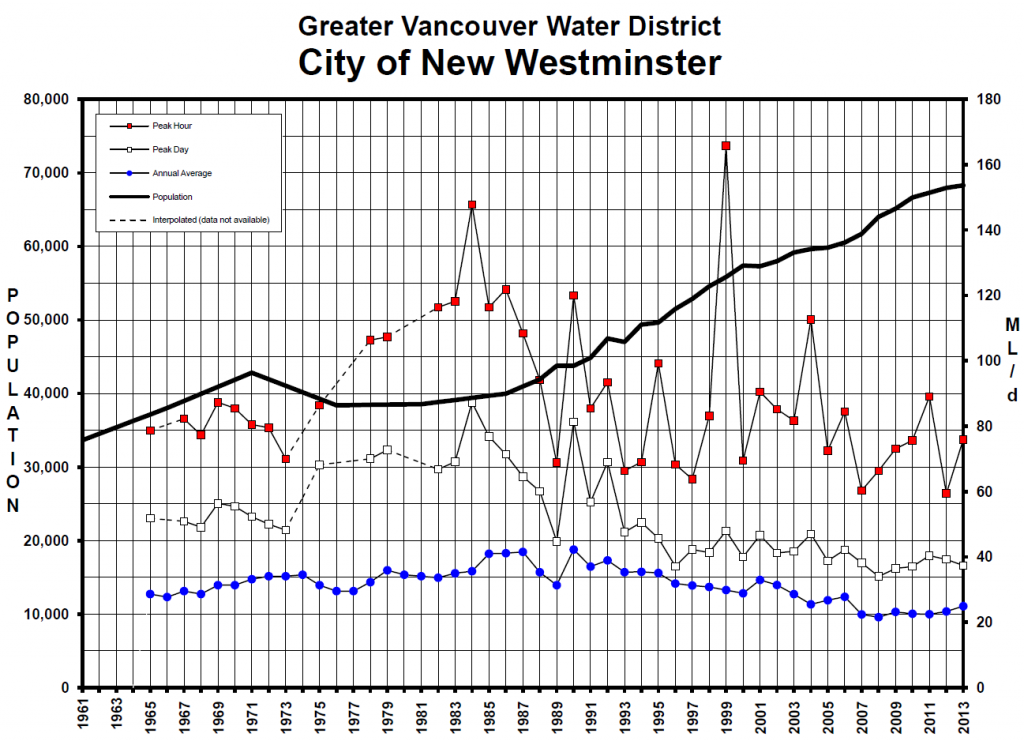
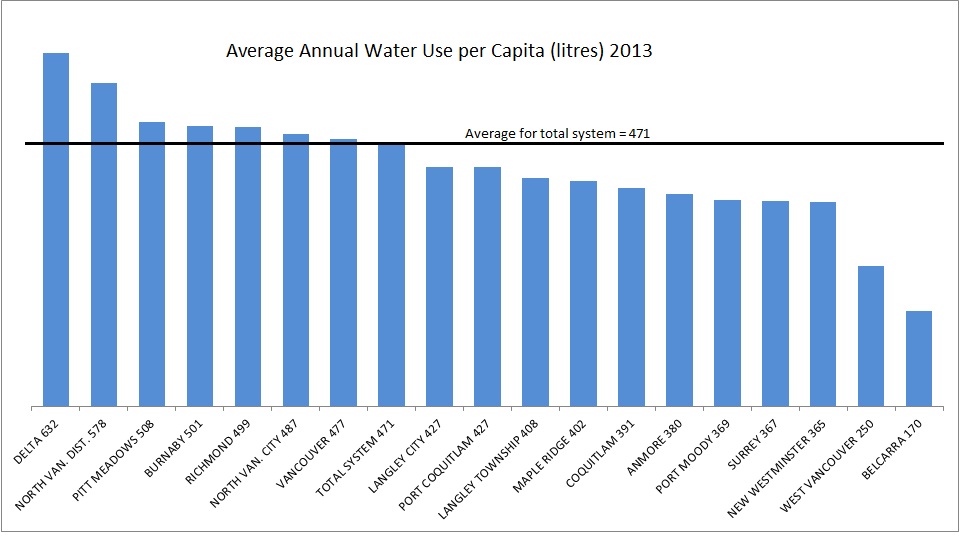
Exempt Properties
Some properties don’t pay property tax – some of those exemptions are statutory (i.e. regulated by Provincial legislation) like Churches and schools, others are discretionary for Council (Social Service agencies and sports facilities like the Curling Club or Tennis Club). Staff was looking for some guidance about potential changes in policy here, and Council essentially said “steady as she goes”.
Budget Survey
Every year, the City commissions a public opinion survey from a polling firm as one of the data points for public engagement in the annual budgeting process. We were asked to approve the questions, although major changes are not well advised, as we want to be able to track changes in opinions over time. Council approved the questions that will be asked in 2015. If you get a mysterious phone call asking you about the City’s budget; that would be us. Tell us what you think.
If you don’t get the call, there will be other opportunities for public engagement in the Budget process, but look to the city’s Community Engagement Taskforce to present some better ideas about how we can make these consultations more meaningful for the citizens of the City, although some of those will probably not arrive until the next budgeting cycle starting in 2016.
Front Street Parkade Public Art
After last week’s rejection of the Public Art installation for the Parkade, Staff recommended another approach, with more information about the selection process and constraints up to here. We should be making a decision about this in the August 31, 2015 meeting.
City Grants Program
We give a lot of money out in New Westminster through our grant programs. This allows community groups to do many of the things that make the City better to live in, without the City needing to run everything. $685,000 is about $10 per resident, so it is a relative bargain for all the diverse events and programming we get.
Staff has been working with the Grantees to make the process easier to navigate, and evaluation more objective and fair. Council always gets “final say”, but the review process needs to be as accessible and transparent as possible. At the same time, we do not want to make the application process too difficult, as it may dissuade many otherwise worthy applicants.
Housing Agreement – 900 Carnarvon Street.
The proposed fourth building at Plaza 88 is going to Public Hearing in September. For more info on the project, you should go here. The building is planned as a secured rental development, meaning the City needs to create a housing agreement with the Developer to assure the terms of the rentals meet the City’s Rental Housing Strategy, and the building is not converted to “Strata” after the City provides incentives for rentals.
Staff will be drafting the Agreement in parallel with continued work on the development, in hopes the terms can be agreed upon before Public Hearing.
Street Activity Program Update
The City has a Street Activity Program that was developed in 1997 (!) to bring some activity to the streets in retail areas in the City. Given its heritage, the Program was thinking Buskers and Hot Dog Stands. This was expanded slightly in 2009 to include perishable foods (RCFM anyone?) and in 2012 to areas outside of Downtown and add a lottery system to replace the first-come-first-served process.
It hasn’t been a hugely successful program, with less than half a dozen licences issued per year, and the Lottery system probably was never required. Further, the system is limited to 7 locations, which staff is recommending we reduce to 5.
The lottery system was easy for Council to nix, but the reduced number of locations was not supported. Instead, I suggested we allow the vendors to decide what locations might be appropriate for their type of activity. Perhaps the east entrance to the Anvil Centre, or the entrance to the 4th street overpass, or 6th Ave and 8th street at the entrance to Moody Park is a spot some vendors might find promising. The point is I don’t know as well as the vendors do, so we should give the people who know best what these businesses need the ability to make location choices. I recognize that there are several factors that might not make any specific location appropriate, so we agreed to let staff develop a policy through which selected locations would be considered.
Food Truck Pilot Project
On a related note, Food Trucks are the Hot Dog Stands of the new generation. There are a few challenges towards making them viable in the City, and I am of the opinion we shouldn’t be making it tough for them. The StrEAT Food Festival shows this is a trend that is still peaking, but outside of this and other special events, we don’t have Food Trucks operating in the City, simply because our business licencing does not permit it except through day-to-day street occupancy permits, which are a hassle for everyone involved.
This proposed pilot project of allowing a Food Truck to set up on City land in front of an accommodating local business (Steel & Oak Brewing) will let staff and the business community iron out any potential problems that may arise. The Food Trucks will need a valid business license in New Westminster, a certificate from Fraser Health, and insurance, and the host business will coordinate their operations. I hope this goes well, and we can expand opportunities for these small businesses in our community.
And that, my friends, was a very long Council Agenda for the last meeting of the Summer. We will be back at it the last Monday in August.

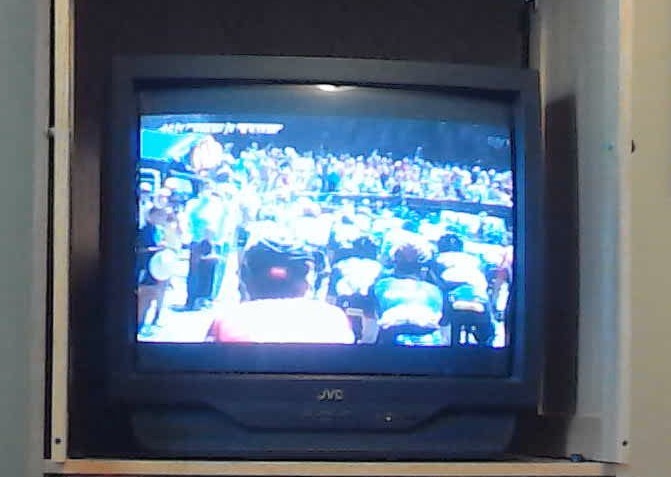
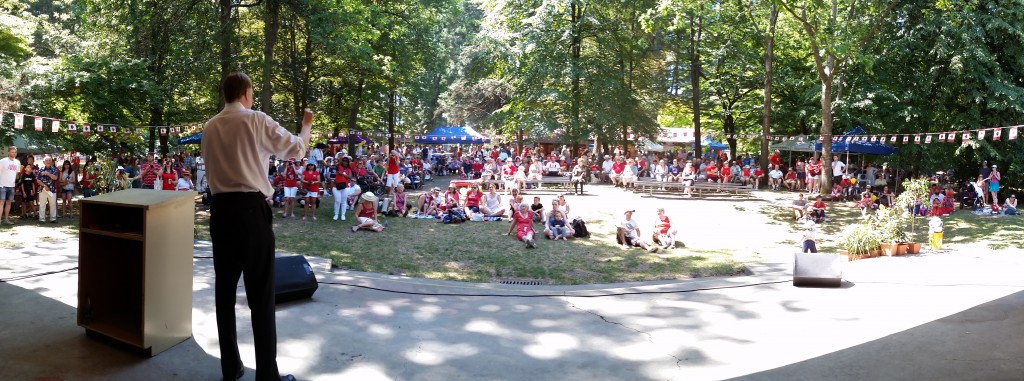
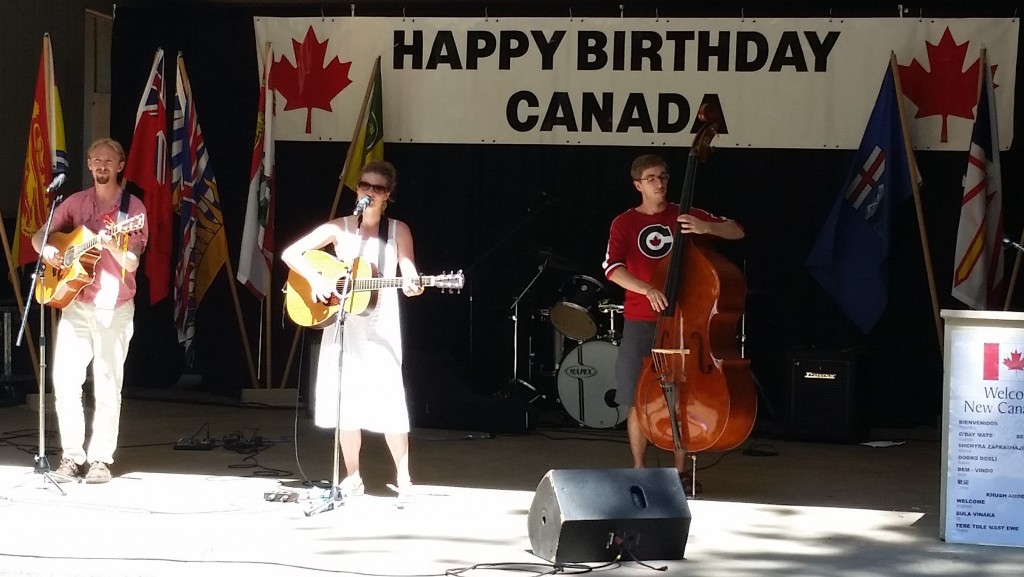
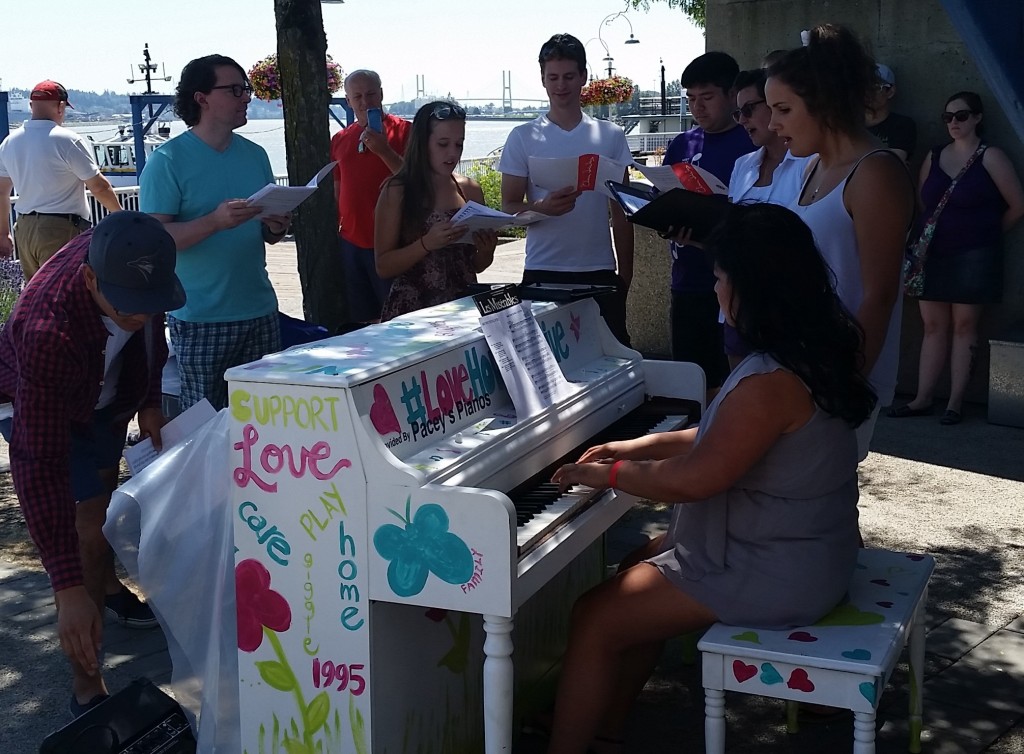
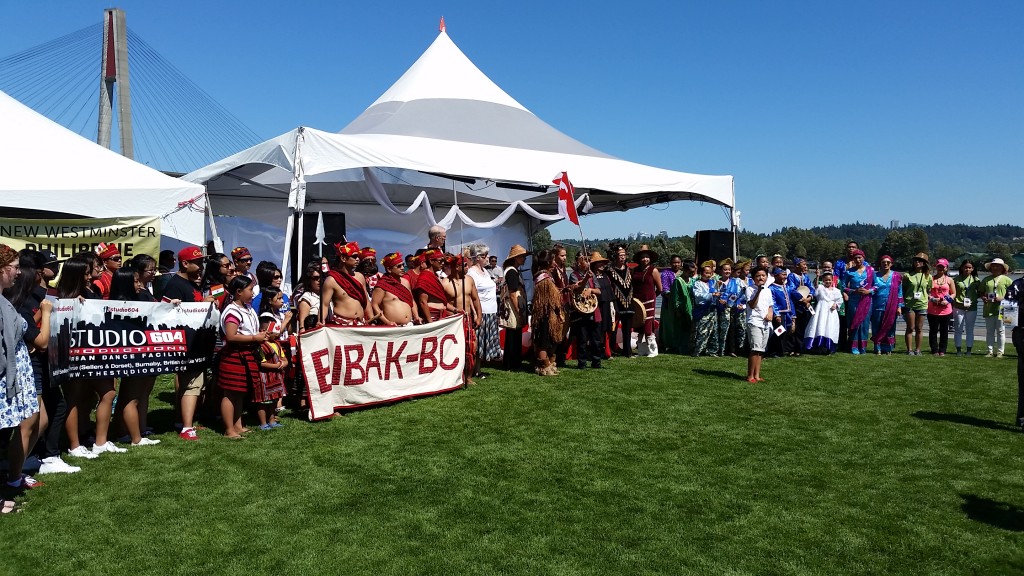
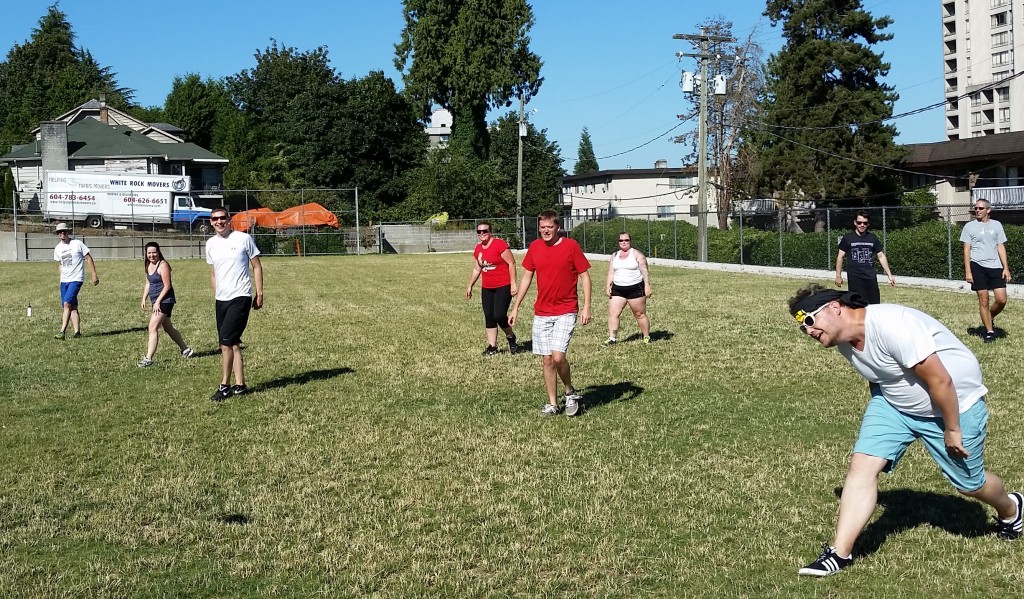
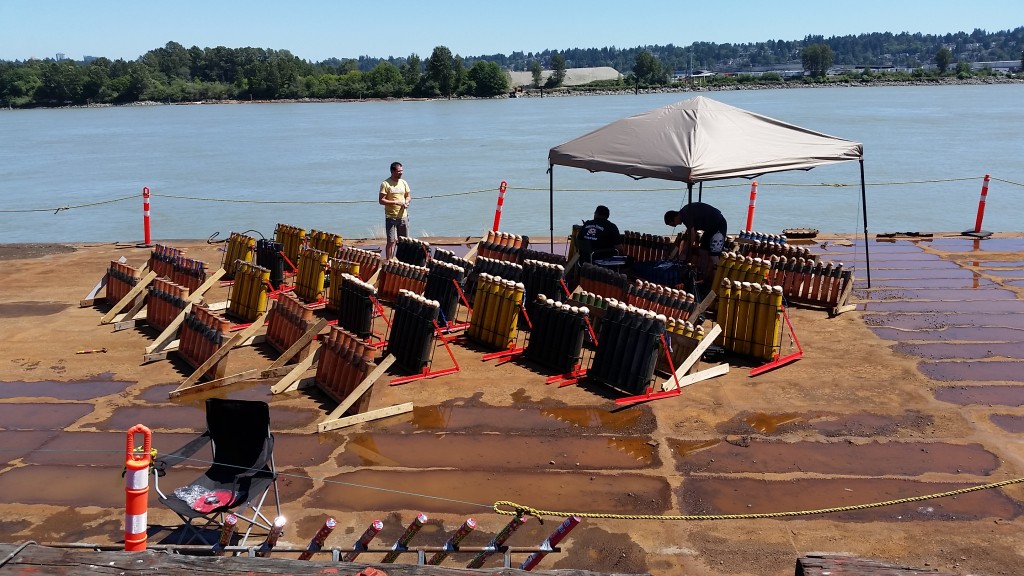
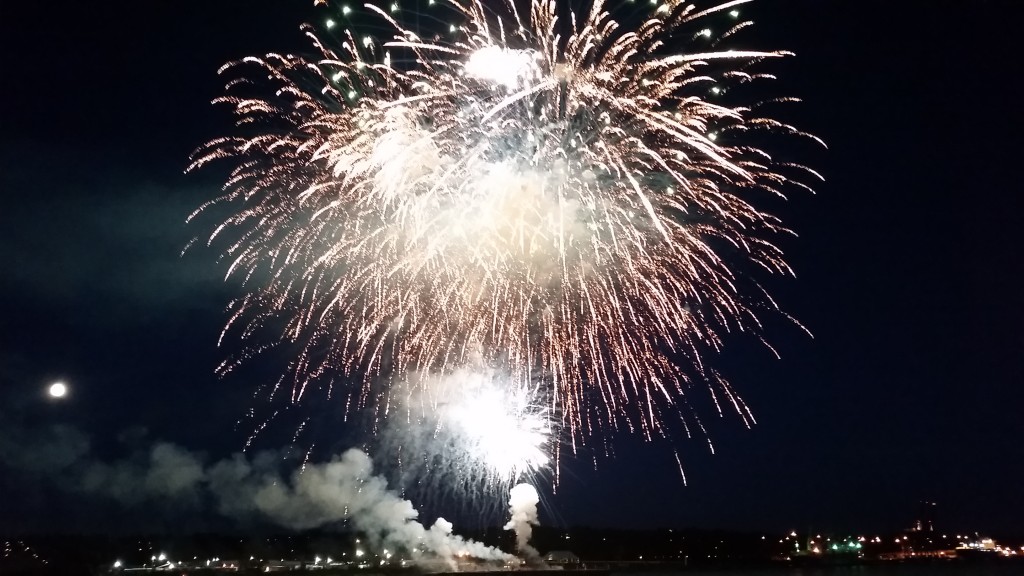
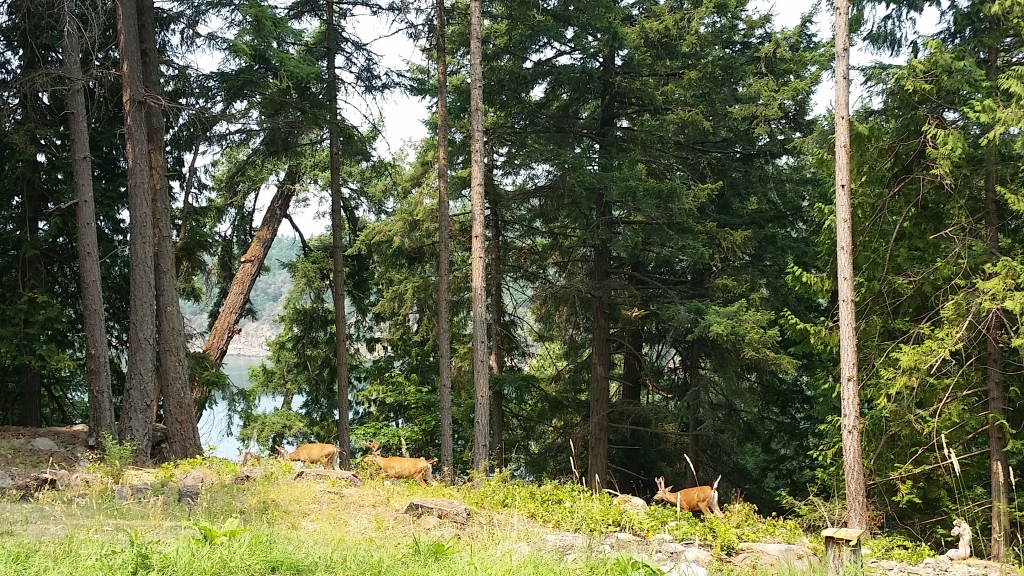
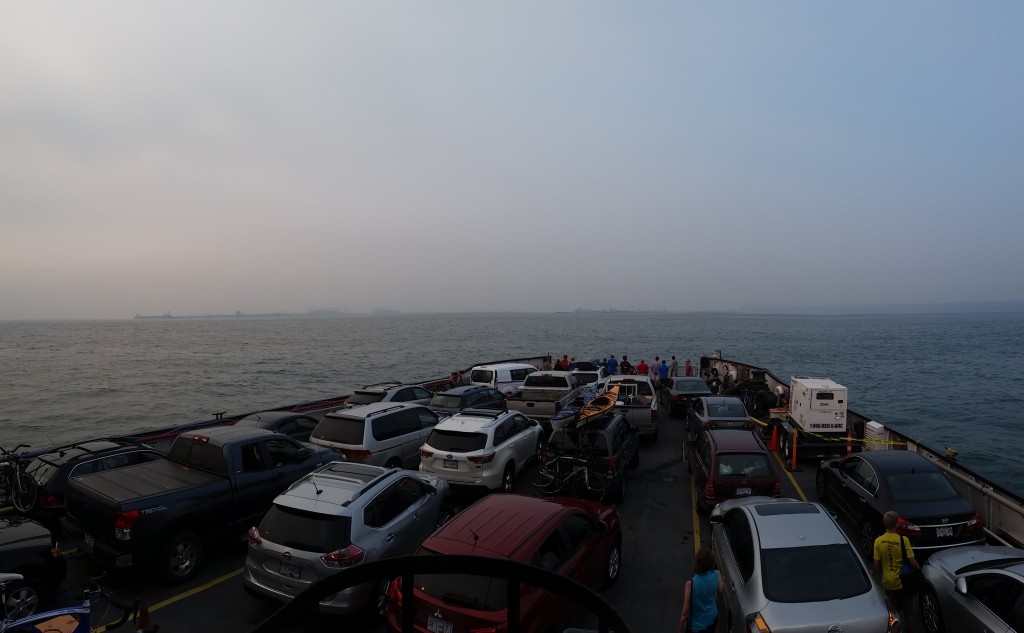
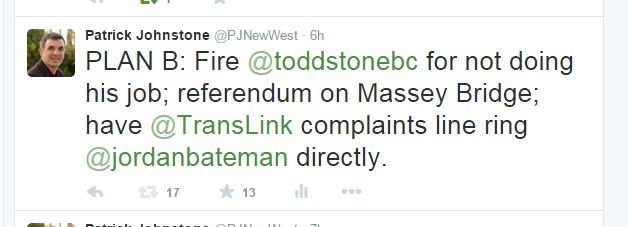
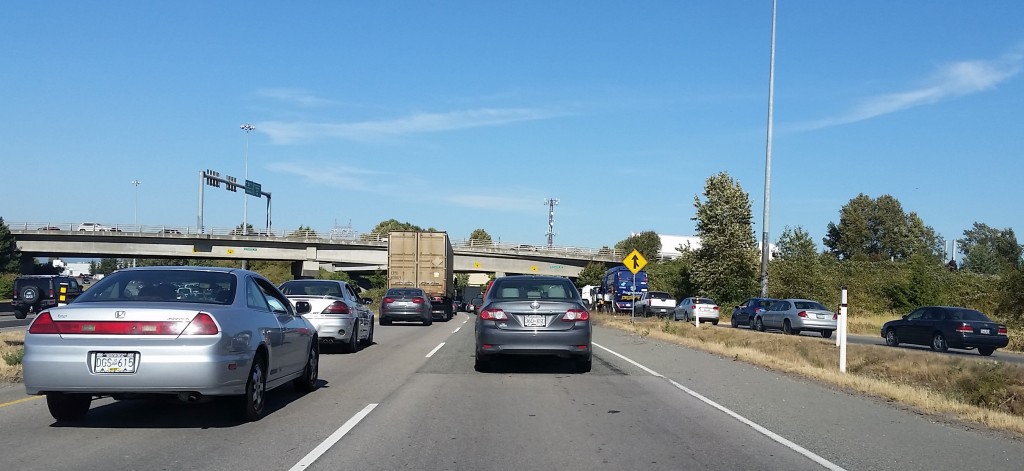
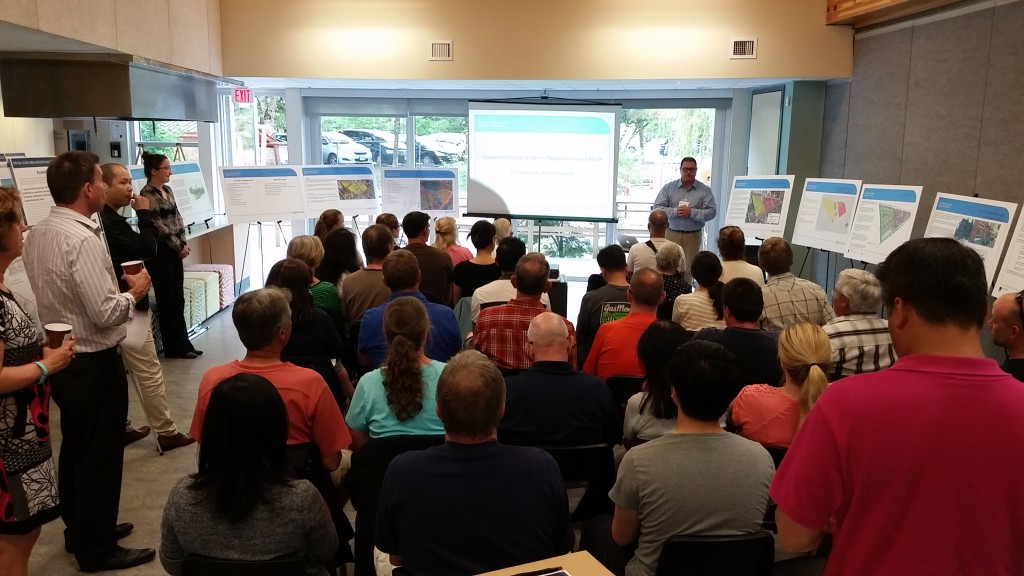
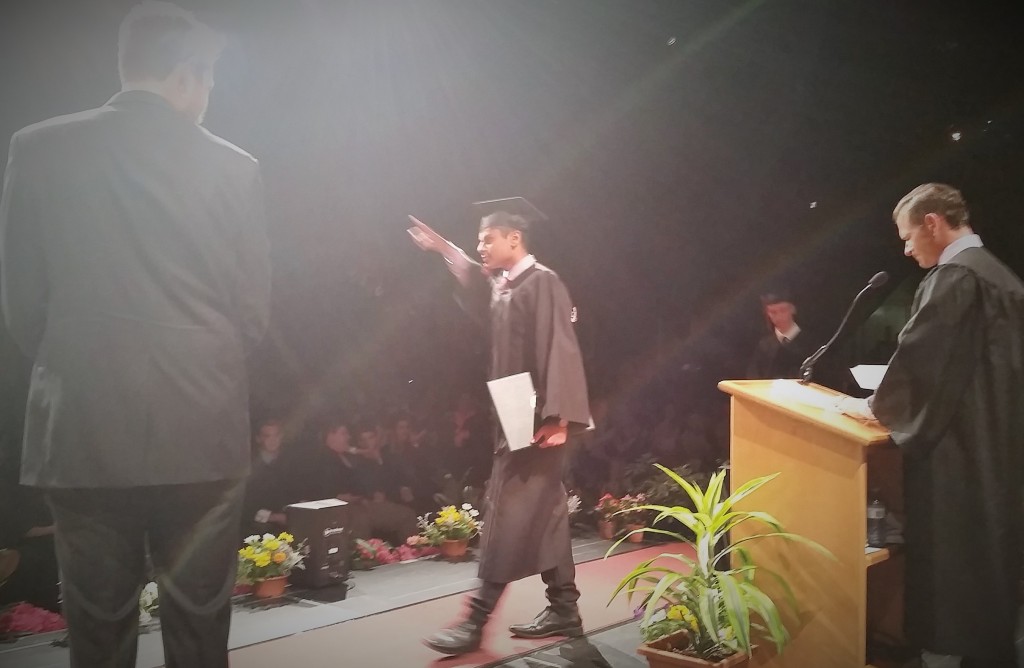 I was only a little chagrined to see that mine was the only bike in the rack, amongst the couple of thousand students, parents, siblings, supporters and dignitaries at Queens Park Arena that night! Well, I guess it was kind of a fancy-dress occasion.
I was only a little chagrined to see that mine was the only bike in the rack, amongst the couple of thousand students, parents, siblings, supporters and dignitaries at Queens Park Arena that night! Well, I guess it was kind of a fancy-dress occasion.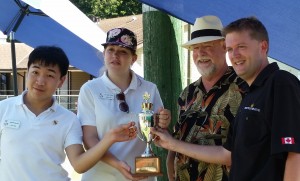
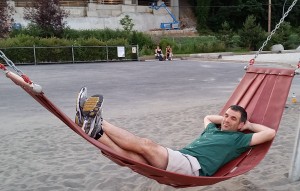
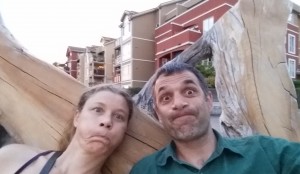
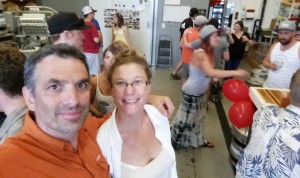
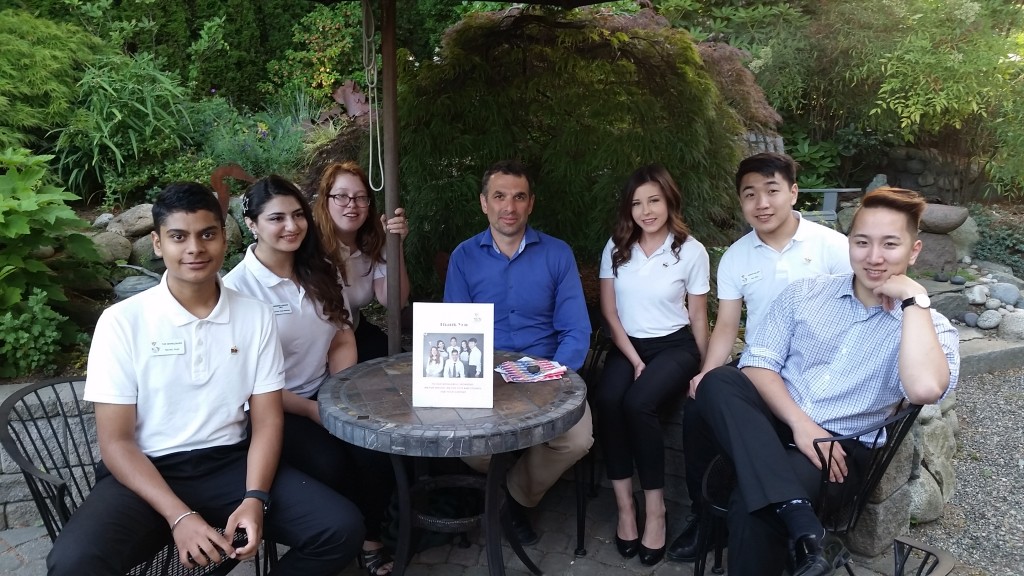
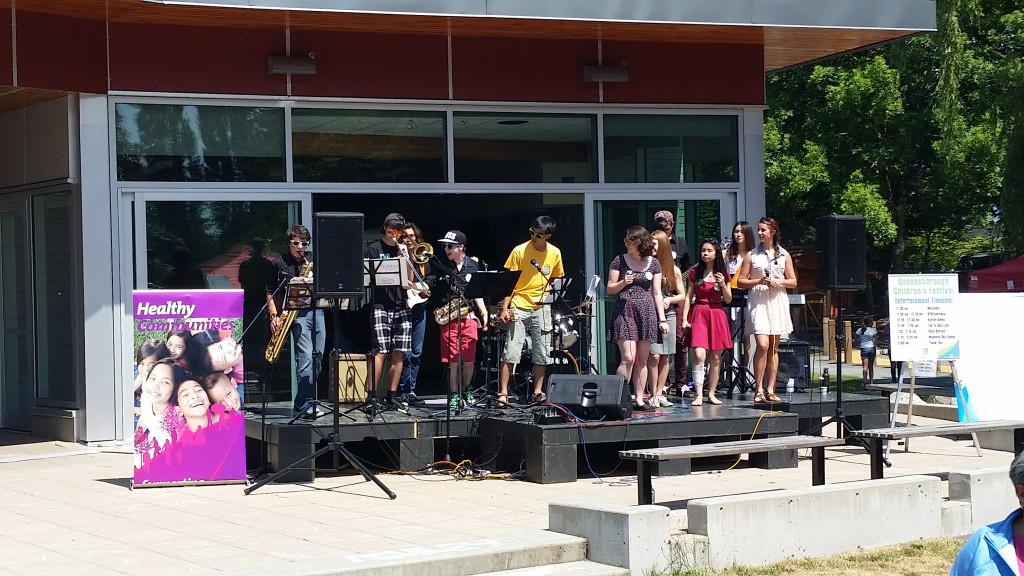 On Saturday, the Children’s Festival in Ryall Park in was a happening place. Being held at the Queensborough Community Centre, it was not only a great festival with music (including a funk-and-horn laden set by Dysfunktional, as pictured), booths, games, face painting, etc. etc., but the Spray Park was running, so hyperthermia was not on the menu. Even after burning up the funk.
On Saturday, the Children’s Festival in Ryall Park in was a happening place. Being held at the Queensborough Community Centre, it was not only a great festival with music (including a funk-and-horn laden set by Dysfunktional, as pictured), booths, games, face painting, etc. etc., but the Spray Park was running, so hyperthermia was not on the menu. Even after burning up the funk.